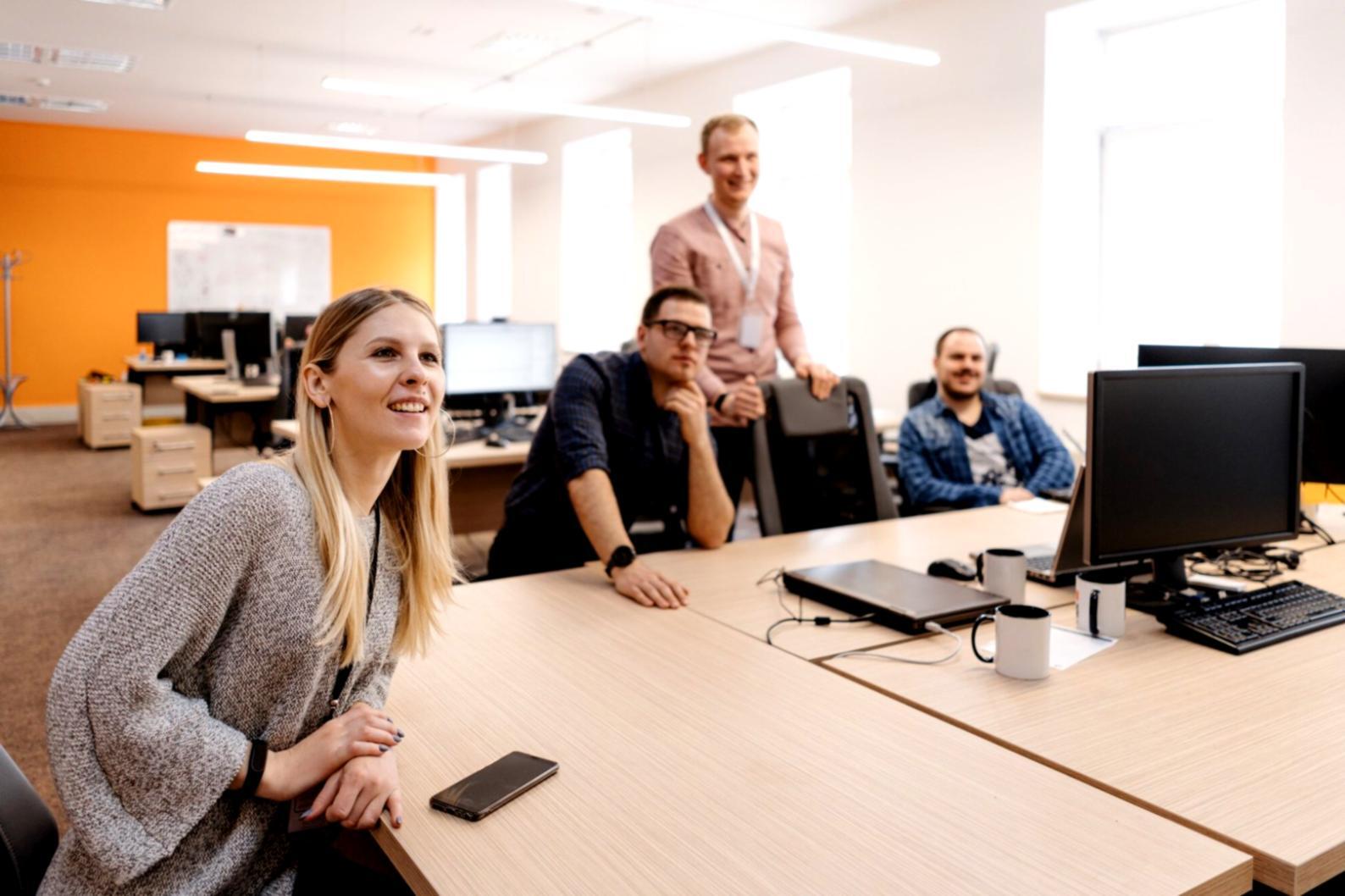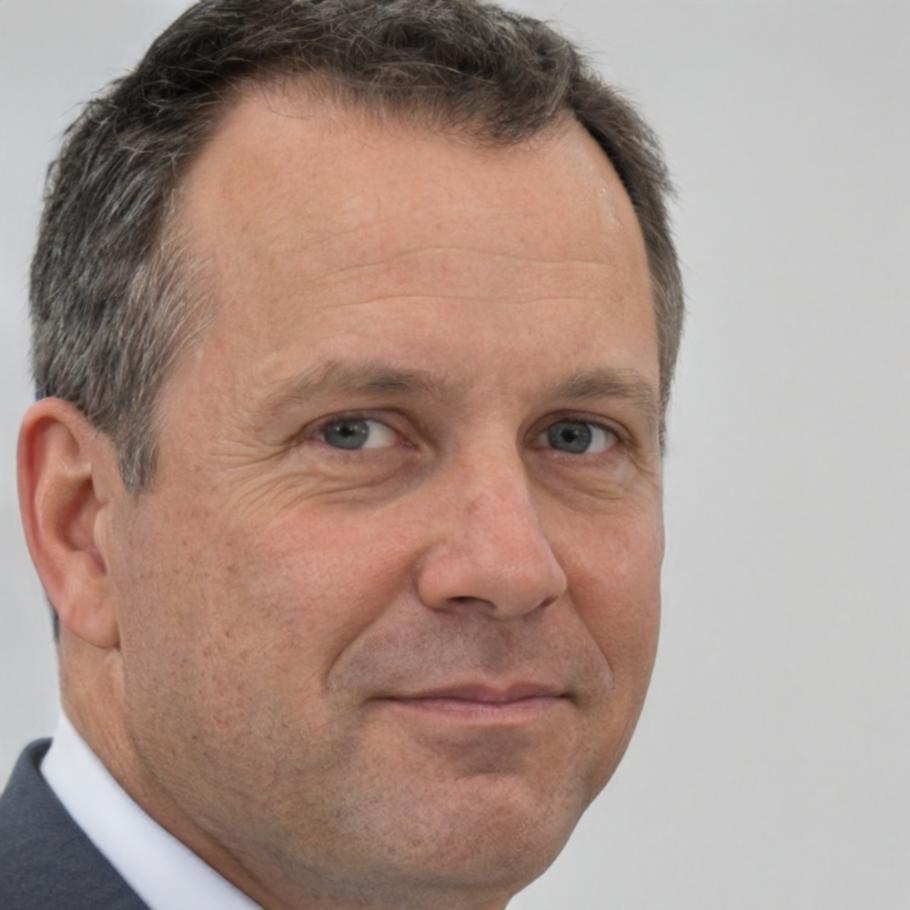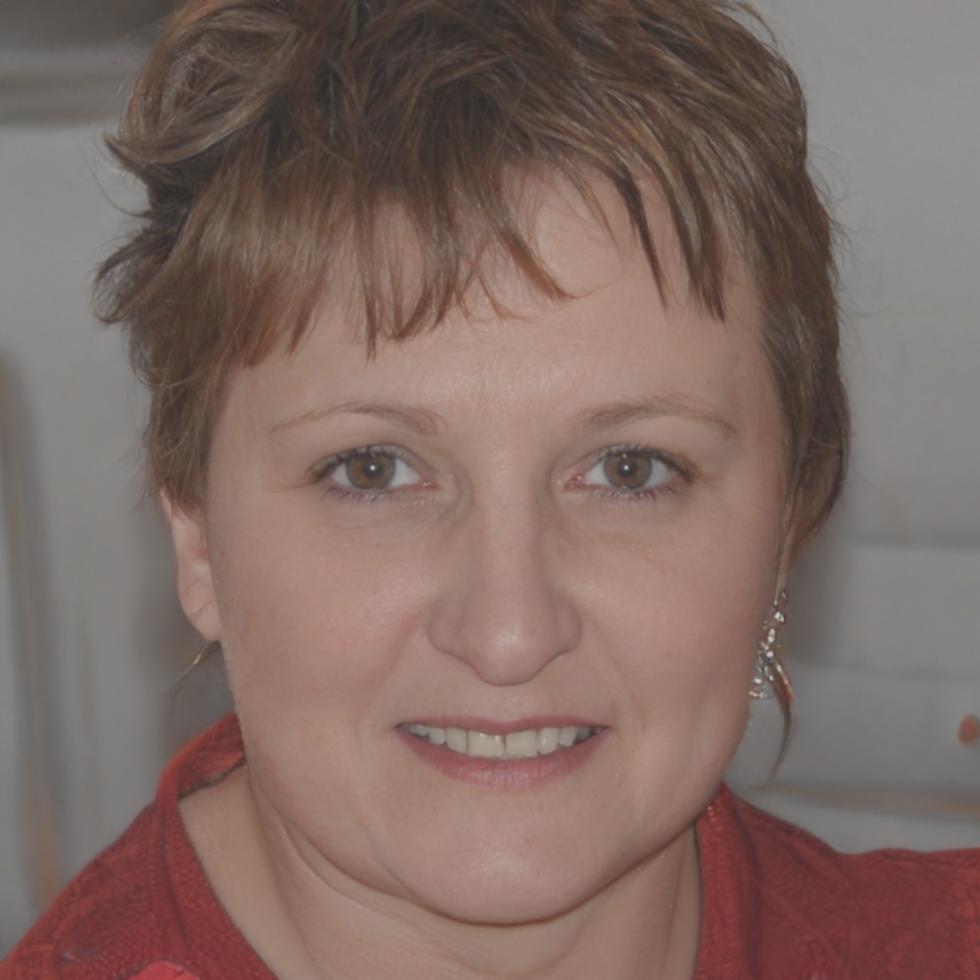Risk Isn't Just Volatility
Most beginners think risk equals price swings. But permanent capital loss and opportunity cost matter more for long-term outcomes. Understanding this distinction changes how you evaluate everything.
Real market analysis takes time to develop. Our structured approach helps you understand portfolio management, risk assessment, and strategic decision-making through practical frameworks you can apply over years, not weeks.
Explore Program Structure
We break down complex investment concepts into digestible modules. Each stage builds on the last, giving you time to absorb frameworks before moving forward. Starting September 2025.
Start with market fundamentals and portfolio theory. You'll spend 8-10 weeks understanding core concepts before touching real analysis.
Learn to read financial statements and evaluate company metrics. This phase focuses on building analytical habits that take months to solidify.
Apply what you've learned to case studies and simulated scenarios. By month six, you'll have a clearer picture of how pieces fit together.

Some concepts click faster than others. Here's what past participants noticed as they worked through the material. Everyone's pace differs, but certain patterns emerge.
The language of financial reports starts making sense. You'll still need to reference materials frequently, but the basic logic becomes clearer with each statement you review.
Portfolio concepts begin connecting. What seemed like isolated topics now form a cohesive framework. This is when most people start asking better questions during sessions.
You'll recognize patterns in company reports and market behaviour. Analysis takes less time as your mental models develop. Some participants start sharing observations in study groups.
The frameworks become second nature for ongoing learning. You'll know what questions to ask and where to find answers. This foundation supports years of continued development.
Before committing to months of study, understand two core principles that shape everything else. These form the bedrock of sound investment thinking.

Most beginners think risk equals price swings. But permanent capital loss and opportunity cost matter more for long-term outcomes. Understanding this distinction changes how you evaluate everything.

Your investment timeframe determines which strategies make sense and which metrics actually matter. A five-year perspective leads to completely different decisions than a twenty-year one.
These reflections come from people who completed the program between 2023 and 2024. They share what actually helped them develop analytical skills.

The case studies forced me to apply frameworks repeatedly until they stuck. I probably analysed fifteen companies before the process felt natural. The value wasn't in shortcuts but in building proper analytical habits through repetition.

What helped most was learning which questions to ask about a business. Not just running numbers but understanding what drives value over time. That shift in thinking took months but changed how I evaluate any investment opportunity now.